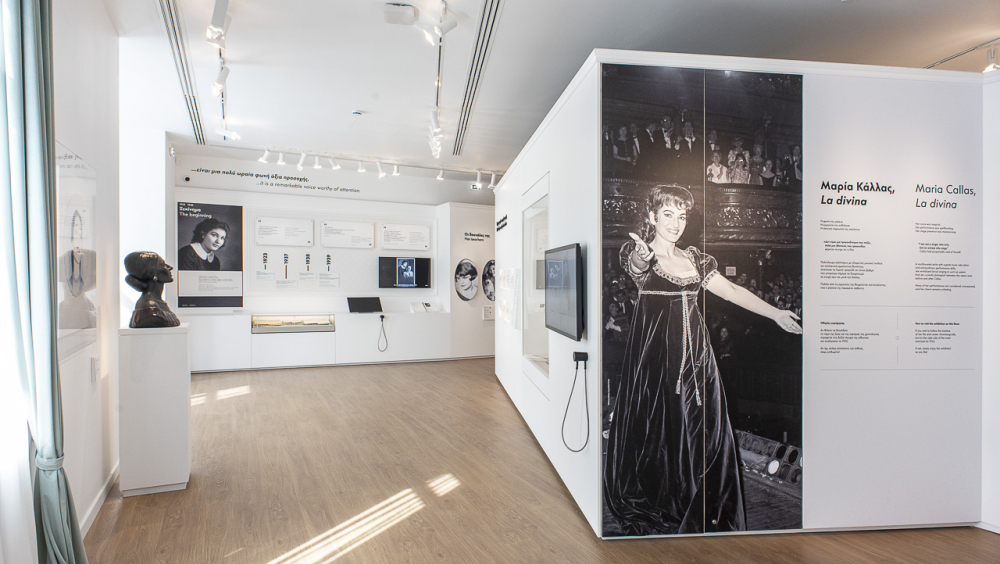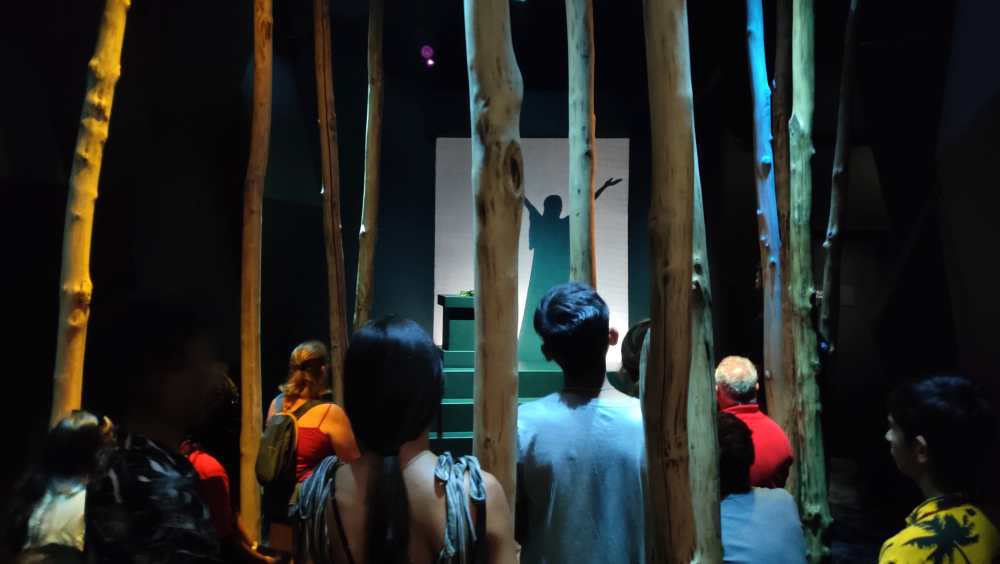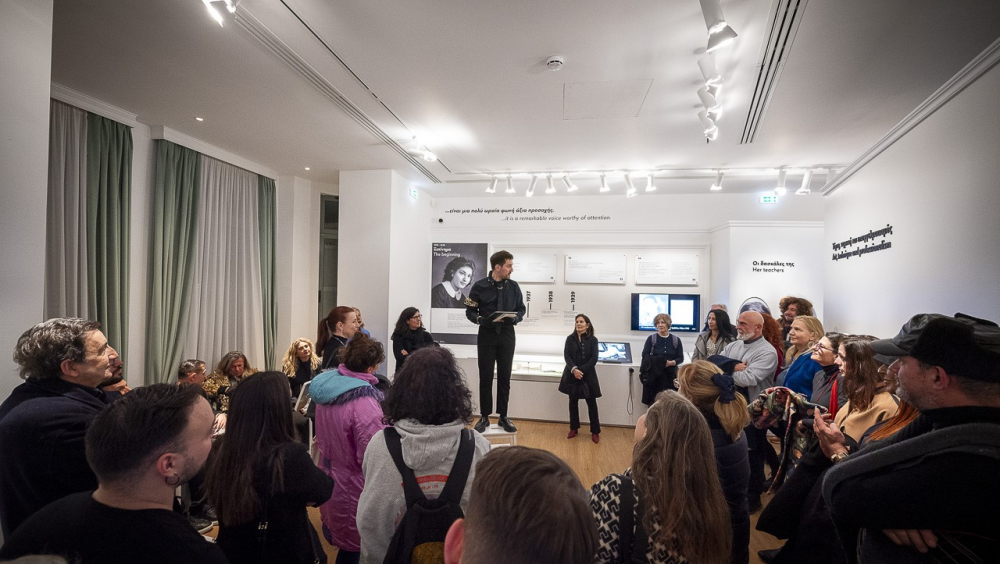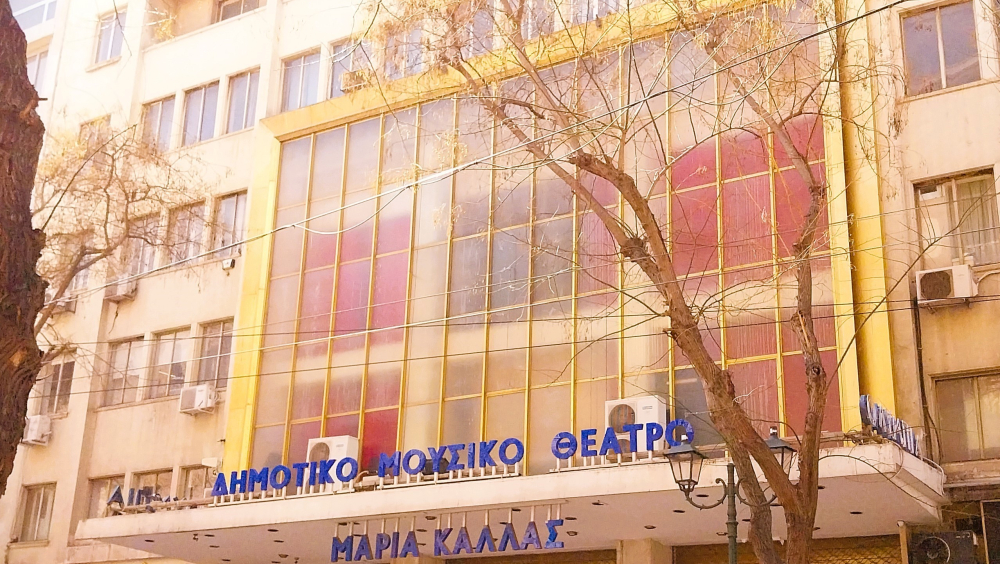ONCE UPON A TIME IN ATHENS: FOLLOWING MARIA CALLAS' FOOTSTEPS
The ultimate soprano, Maria Callas was once just Maria Kalogeropoulos, a girl born in New York in 1923 to Greek immigrant parents. In 1937, she arrived in Athens with her mother and sister, carrying dreams of a bright future but encountering a city of poverty and hardship. During the German and Italian occupation, her family moved frequently until settling in a 1920s neoclassical building, now being restored as Greece’s first Academy of Lyric Art in her honor.
In Athens, Maria found her voice. She trained at the National and Athens Conservatories and made her debut at the Greek National Opera, performing in theaters that still stand as landmarks of culture and memory. Today, her legacy is preserved in the Maria Callas Museum, housed in a historic building that has transformed over the years—once a residence, later a hotel, and now, a tribute to her artistry and the Opera tradition, but also to the art of Music.
Tracing Maria’s Footsteps
A community-based project now invites locals and visitors of any age, gender, nationality and physical condition to map Maria’s Athens like a colorful mosaic, following a living route through places that shaped her journey. More than a creative historical walk, it is an exploration of memory, identity, and cultural heritage, rediscovering and reclaiming our city.
Through museum workshops, participants will create storytelling stops along the route, blending history with their own voices. Each group will be able to incorporate elements such:
-A musical piece from the museum's exhibition
-A personal story
-Sensory elements to bring the journey and the narration to life
Beyond the narration of Divina’s young years, our story is a reminder of how music and architecture can both bridge the European histories and cultures and how beautiful always is to walk the streets together…
Following the Athenian traces of Maria on foot…
Maria Callas, born Maria Anna Cecilia Sofia Kalogeropoulos, was a girl who came into the world in New York in 1923, the daughter of Greek immigrants. She first arrived in Greece, specifically in Athens, in 1937 with her mother, Litsa, and her sister, Jackie. Her mother came full of ambition and hope for the promising career of her younger daughter, Maria. However, in Greece, they encountered a difficult reality—poverty and numerous hardships. Maria’s grandmother helped them in the beginning, but soon, the three women had to find other means of survival, as none of them had a job.
Amidst these challenges and later, during the German and Italian occupation of Greece in 1940, the three women were forced to move from one home to another in central Athens until they finally settled in what is now known as "Maria Callas’ house." The building, a stunning 1920s structure designed by architect Kostas Kitsikis, was nearly lost due to years of abandonment. However, since 2023, it has been undergoing restoration with the goal of housing Greece’s first Academy of Lyric Art, named in honor of the legendary soprano.
The five years Maria Callas spent in Athens marked the beginning of her musical education at the National Conservatory and the Athens Conservatory. It was also the period when she took her first professional steps with the newly established Greek National Opera, performing in various theaters in Athens. Some of these theaters remain today as emblematic landmarks of the city, deeply intertwined with its architectural heritage, the history of performing arts, and European culture as a whole.
To this list of historically significant buildings, we can now add the very building that houses the Maria Callas Museum in Athens, located at 44 Mitropoleos Street, just three minutes from Syntagma Square, in the heart of the city. This 1920s building, initially designed by the architect Ilias Verropoulos, has undergone multiple transformations over the years—from a luxury residence to shops, offices, a hotel, and finally, the museum we see today. While its exterior has largely been preserved, its function has changed, following a pattern common in European cities, where urban residences were repurposed as long-term visitor accommodations while retaining architectural and functional elements of traditional homes.
Mapping Maria Callas' Athens
Today, we are creating a living map of Athens, following the footsteps of the young Maria alongside the city's present-day residents and the museum’s neighbors. These individuals will become ambassadors of their own stories, as well as of other realities, starting from her final present-day stop—the Maria Callas Museum itself.
What does this journey mean for each of us? What memories and emotions are stirred by the buildings and streets we pass? What new moments are being created in these same places today? Are they still inhabited and in use? If so, by whom? Can we engage with our past, offering it elements of our own lives? And ultimately, how open and accessible is a European capital like Athens these days?
Peering through the keyhole into a city in wartime—just as many European capitals were during World War II—the diverse, vibrant community of today is invited to leave new traces, tell their own stories, and recognize how music, as an art form, belongs to and connects everyone.
At the same time, through the life and journey of the great diva Maria Callas, we see how this initial map of Athens could extend across all of Europe. Music in general, and Opera genre in particular, serve as bridges within our shared cultural heritage. This route is also an opportunity for younger generations to witness how one person can rise to the pinnacle of the world stage through a magical combination of talent, relentless hard work, and determination—though such ambition can sometimes have long-term consequences.
Moreover, young people will come to understand that a cultural icon—a role model, a celebrated artist—who seems to have everything, with fame and accolades, was once a young person with a starting point and a path to follow. This is precisely the story we will collectively map: a fairy tale-like journey of a girl named Maria.
The Community-based Project
The program begins with an open call to all community groups, regardless of age, gender, nationality, or physical condition. Participants will attend a series of meetings at the Museum, where they will learn about Maria Callas, the key locations where she lived or performed during her time in Athens, and then they will be divided into groups. Each group will be responsible for presenting one stop along the actual walking route, prepared in their own way, thus contributing their own piece to this geographical-musical mosaic.
The groups will freely and creatively choose the content and format of their presentation for each stop. However, they will receive some essential "ingredients" for their presentation "recipe." These may include:
- The use of at least one musical piece they heard at the Museum
- A reference to a brief personal story
- The incorporation of at least two sensory elements (e.g., sight and hearing, or hearing and taste, etc.)
Indicatevely we list some of the important stops of our route: Parnassos Theatre, REX Theatre, Olympia Theatre, Klafthmonos Square, buildings in Patision str, Ch.Trikoupi Str. etc.
Designing this collective project, we hope that we will manage to have a film documentation, as well, of the whole process and the final walking guided tour which will be perfromed by the participants.
Heritage by its own meaning is passed down from generation to generation, forming a living link with the past. European Cultural Heritage is not just a collection of monuments and works of art, but a complex of values, experiences and traditions that form a common identity, built on centuries of interaction, movement and artistic ferment.
Among the most precious and polular intangible assets of the European heritage, Music stands out, which, as a purely anthropocentric art, unites countries and eras through shared aural memories. Opera, a predominantly Western European genre, has been a reference point for our musical tradition, forming a pan-European musical consciousness.
At the heart of this heritage, the great soprano Maria Callas managed to use her art to rise from a young girl in the 1940s to a citizen of the world, bridging countries and eras. Whether singing in Europe's greatest operas or through her recordings and radio broadcasts, she left an indelible imprint on the collective musical memory.
Combining Music with buildings which host it in different ways, we notice how cultural heritage is reflected also in urban architecture itself, another art with a purely anthropocentric character. Through the stops of our story and starting with the Museum building, which was a common example of multiple transformations found in many European cities, we can observe the interaction and evolution of European architecture. Buildings bear witness to their history as shells of memory and experience and make us reflect on why in the collective consciousness the places where great artists lived and created remain important.
As a key element of our story, the Community itself will bring these immovable buildings to life through narratives and memories, showing us how the history of European cities is the history of each individual.
Such a project can be freely implemented in many other parts of the Old Continent, contributing to the dissemination of historical memory, highlighting the value of cooperation and co-creation, but also of oral history, and demonstrating the deep connection achieved through active collective cultural projects.
Maria Callas is basically Music and Music unites us all!



